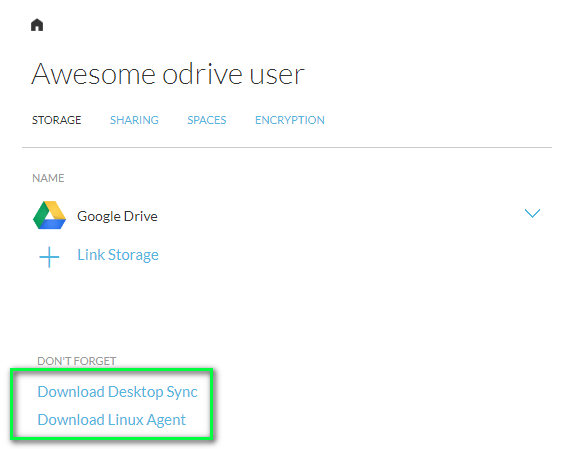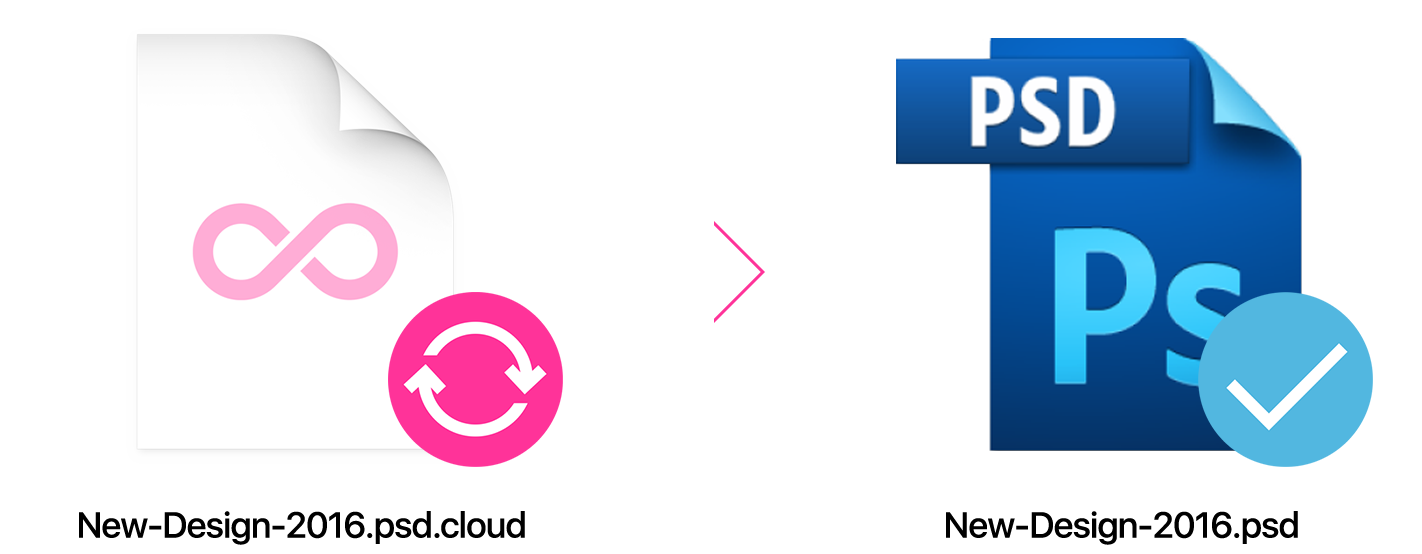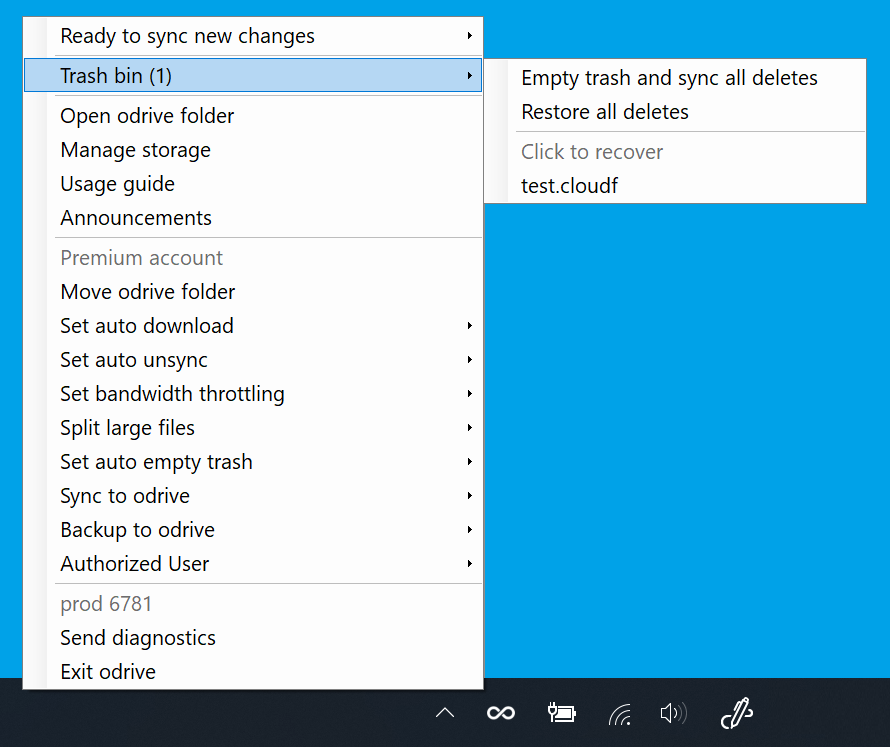Install Desktop Sync
Download and install the sync app, then try out odrive's unique way of syncing files
INSTALL SYNC APP
Although the web client is a powerful tool on its own, odrive really shines once you start using the desktop sync app and sync agents.
To download the appropriate client, use the links at the bottom of the main web client page as shown below. You can also go here directly to get the installers.
There is no limit on the number of clients you can install.

Click on the link at the bottom of the web client to download the desktop clients.
Click here to do that now!
EXPERIENCE SYNC
Once you have the client installed you can immediately browse and sync all of your storage.
Browsing Your Storage
The odrive desktop clients provide advanced sync capabilities utilizing a progressive sync engine and placeholder technology. This means that files and folders initially start off as representative stub files (placeholder .cloud and .cloudf files) that do not take up any local disk space.
Double-click on a placeholder folder (.cloudf file) and see that odrive automatically expands the folder and navigates into it as if you had clicked to browse into a regular folder.

Browsing on Windows, MacOS, and Linux
You can also confirm from the file properties that placeholder files (.cloud) do not take up any local disk space.

A placeholder file on Windows, MacOS, and Linux
Why is progressive sync with placeholder files so important?Imagine if you had 2 TB of files in cloud storage but your laptop hard drive only had 1 TB of space on it. You wouldn't be able to sync everything. You also probably wouldn't want to since nobody wants to wait for 2 TB of files to download.
Progressive sync saves hard drive space and network bandwidth by only downloading full file content on demand. Moreover, the sync app only has to focus on keeping the folders you've visited before in sync. So all of the archival content you have that you are not actively working on will not add unnecessary overhead for the sync app.
The odrive way of syncing is the only way to sync at scale, but even users that have modest amounts of data in the cloud will be able to appreciate having a single universal sync client designed to run as efficiently as possible which can replace all other sync clients.
Opening Files
Interacting with placeholder files within Finder and Explorer works the same way as any normal file. Just double-click to browse or open. Files and folders will be synced, on demand, based on your interactions.
Try doubleclicking on a .cloud file to download and open it.

If you want to download a file's contents (turn it from a placeholder file to a regular file) without opening the file afterwards, you can also select the file and use the right-click Sync option.
Adding and Editing Files
New files that are added or existing files that are updated are automatically synced to the cloud. You can see that a newly added file gets a pink sync progress badge while the file is uploading. When the file is finished uploading, the pink progress badge becomes a blue checkmark.
If you are interested, you can spend a few moments adding new files, saving file edits, and renaming files.
Deleting Files and the Trash Feature
Deleting a file locally on your computer will put the file into the odrive trash. A corresponding delete of the file will not be sent to remote storage until you select to empty trash.
You can find the Empty Trash option from the odrive desktop tray menu as shown below.

The desktop tray menu has options to empty trash, recover specific files, or restore all files in trash.
If you'd like to, you can try deleting a file and then subsequently recovering it or emptying the trash.
Updated 6 months ago
Now, try out Unsync and Sync to odrive, our two most popular Premium features, while you are still on your free 7-day Premium trial.
